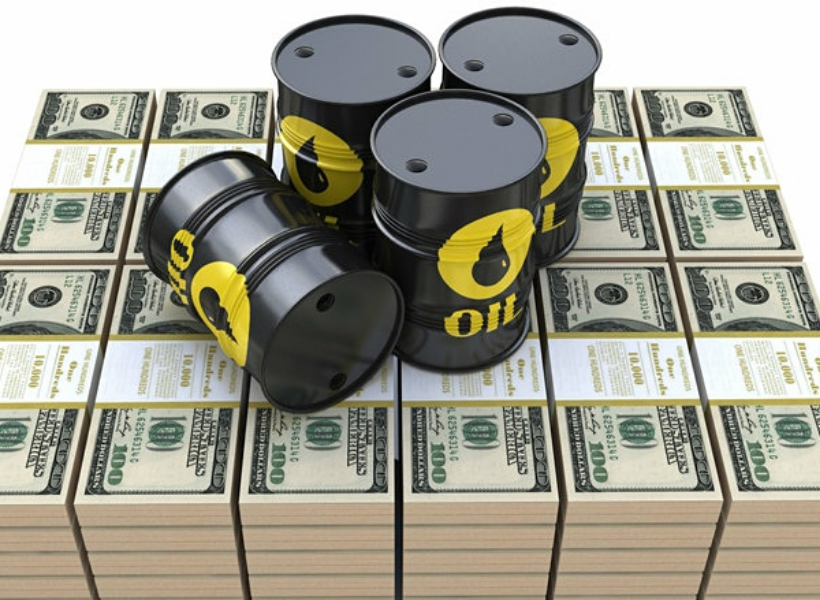Given the magnitude of projected oil production and revenues, Guyana’s Gross Domestic Product (GDP) could rise from US$4.3 billion in 2019 to US$14.0 billion in 2030, with the oil sector alone accounting for US$3.6 billion at the end of the period. This is according to a special report that was done by the World Bank to provide a comprehensive overview of key macroeconomic, fiscal, and sectoral challenges the country will face as an oil producer.
The report goes on to state that if the population growth rate remains on its current trajectory, Guyana’s per capita GDP would exceed US$16,900 by 2030, enabling the country to reach close to high-income status if the baseline assumptions hold.
It was keen to note however that for high-income status to reflect meaningful gains in general wellbeing, Guyana must improve its human capital development and health indicators, and reduce poverty levels while maintaining macroeconomic stability and environmental sustainability. With this in mind, the financial institution urged the authorities of the day to ensure that the development vision for Guyana as a high-income, oil-producing economy by 2030 includes an agenda for broad-based growth and social cohesion, where all citizens receive a fair share of growth benefits.
Further to this, the World Bank pointed out that over the years, natural resources such as gold and bauxite have been important contributors to the country’s GDP. Be that as it may, the management practices for these industries have faced several institutional and capacity challenges. Taking this into account, the World Bank warned that the oil and gas sector could add further pressure on the management systems that are already inadequate.
If the country is not careful in managing these challenges going forward, the financial institution said it could very well be a significant constraint to Guyana’s pathway to inclusive and resilient growth.













